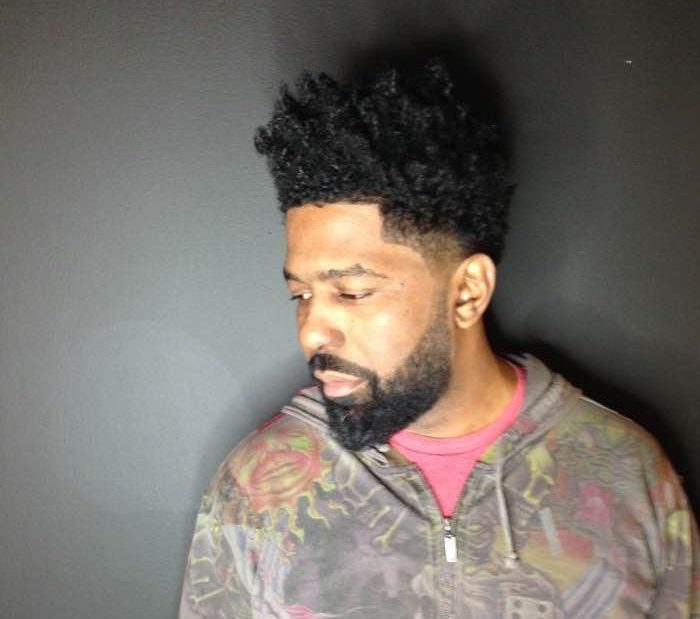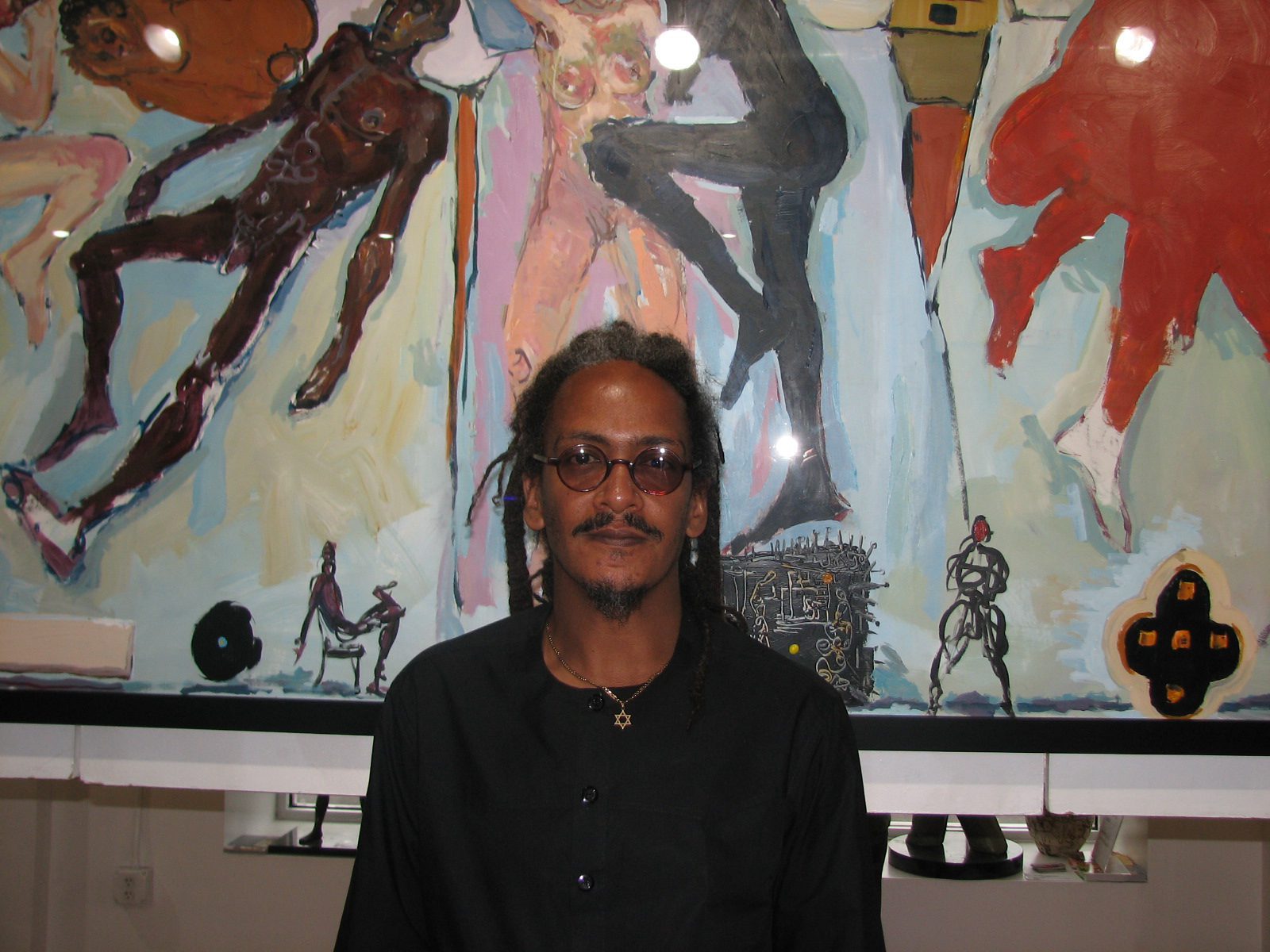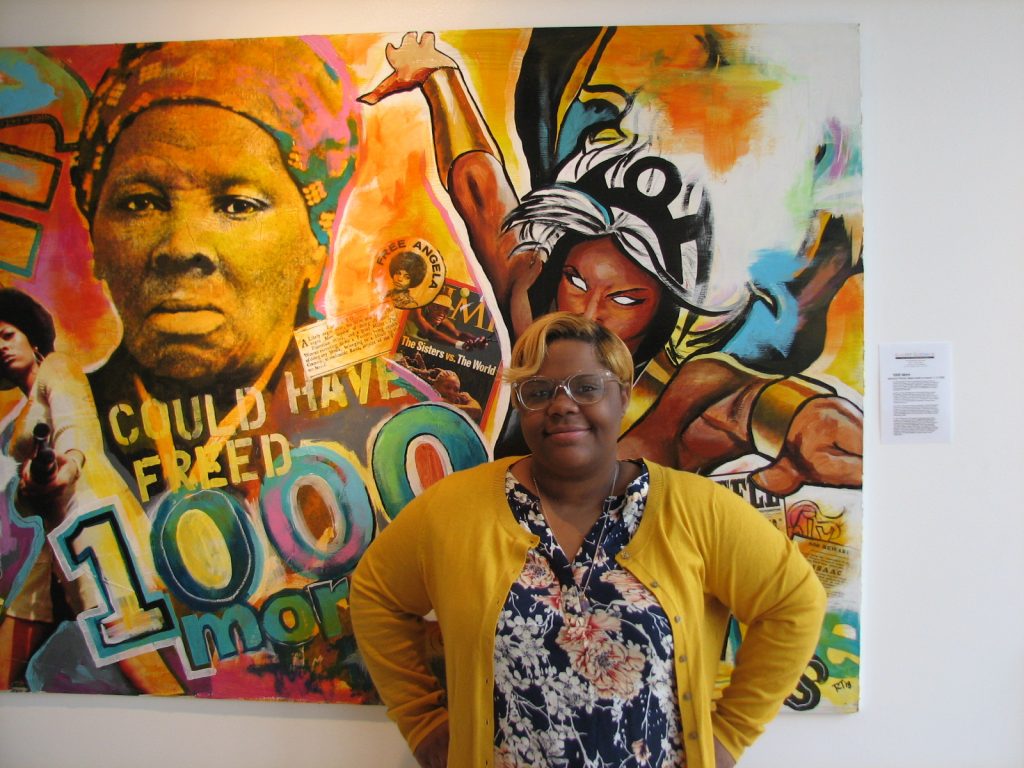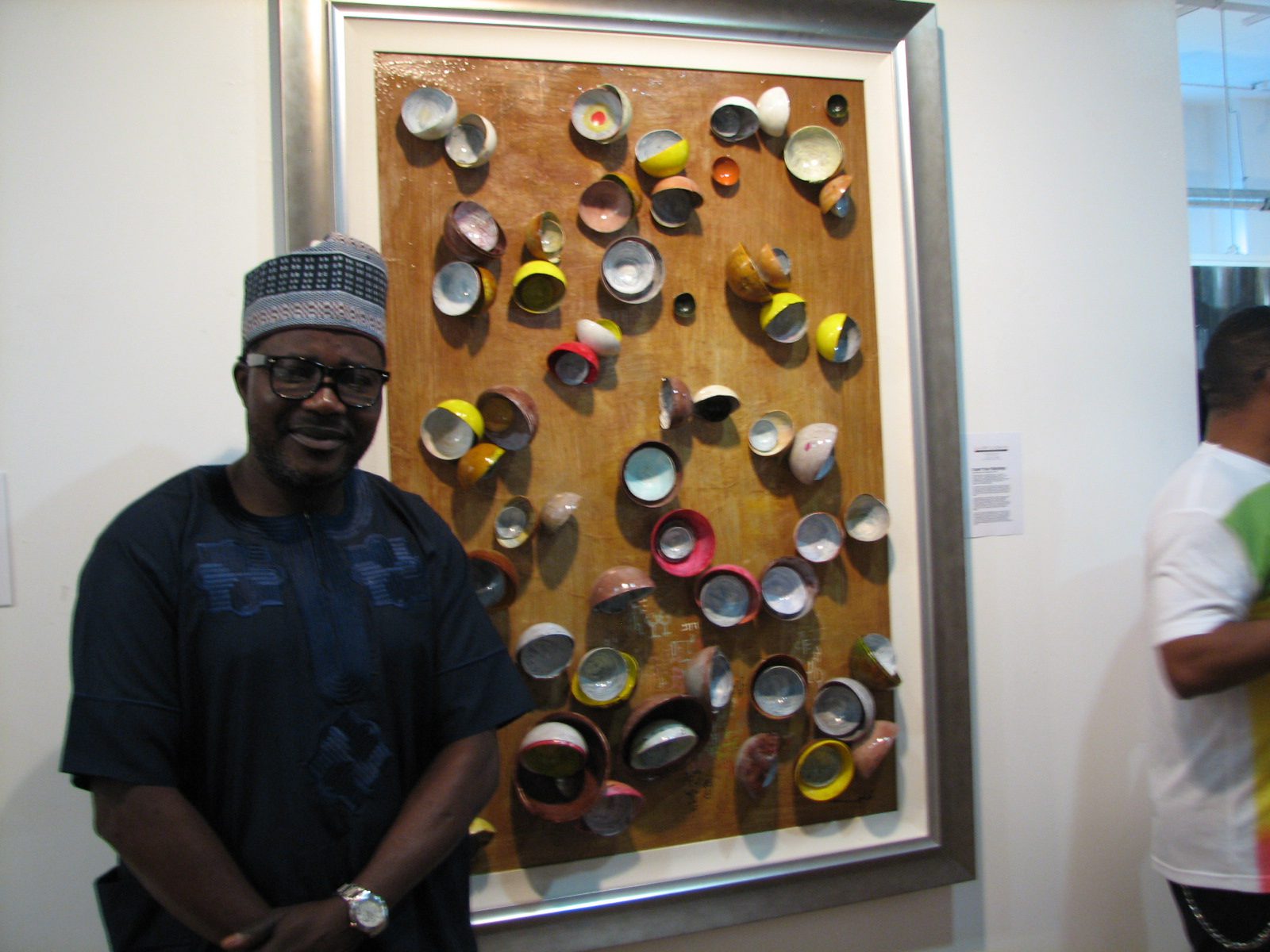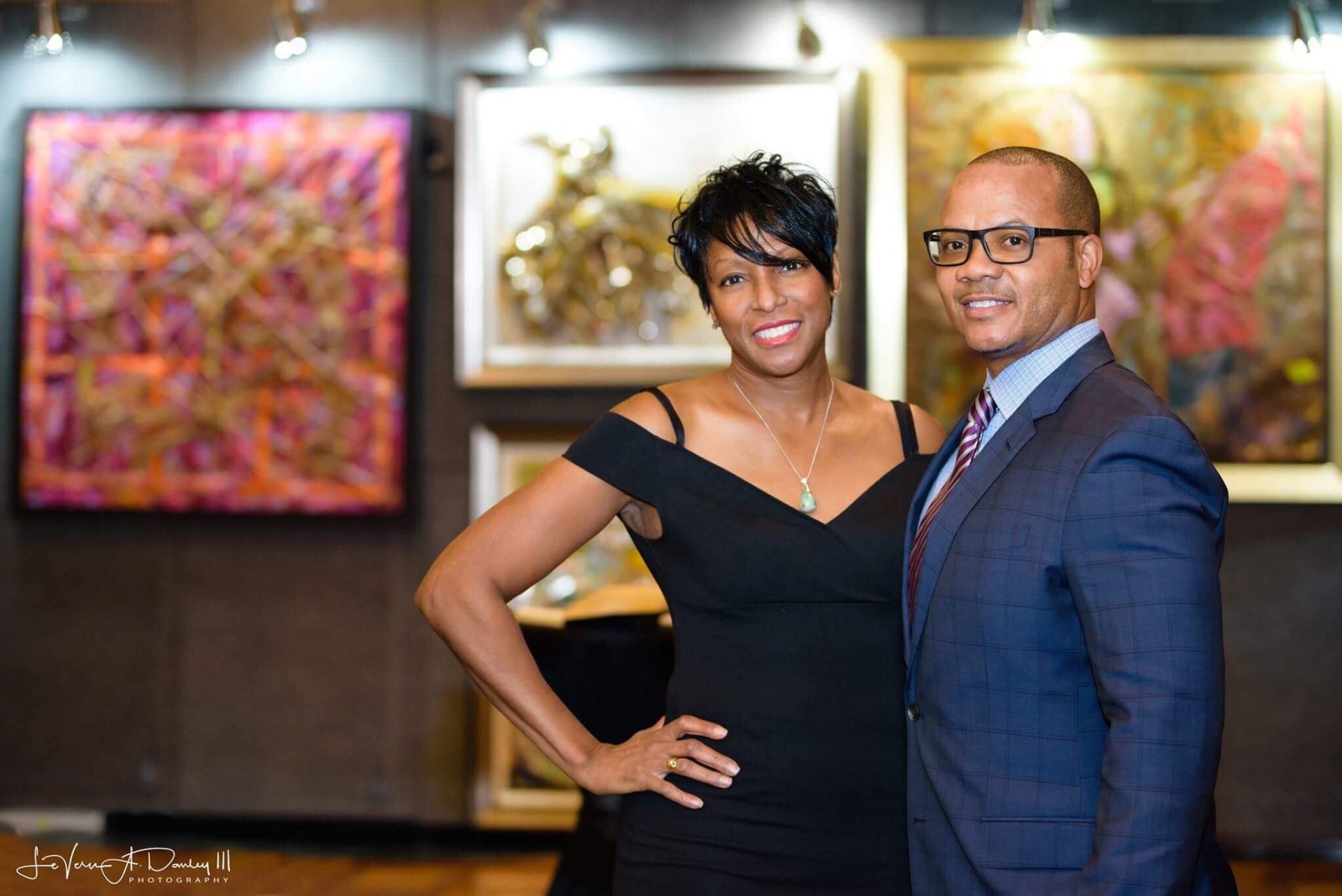Dr. Henry Louis Gates’ groundbreaking 2011 PBS series “Black in Latin America” explored how Africa and Europe came together to create the rich cultures of Latin America and the Caribbean. The four-part special included the influences both cultures play in the lives of the people to this day. Andre and Frances Guichard are taking this a step further with a fascinating art exhibition running until July 5, 2015, at Gallery Guichard titled, “Blackness in Latin America” or “Negritud en Latino America.”
Some of the artists featured include: Carlos Solis, Dora Lopez, Pedro Fuertes, Jorge Arcos, Ismel Checo and Margarita Fresco.
Tell us about the exhibit “Blackness in Latin America” or “Negritud en Latino America.”
Gallery Guichard is bringing this traveling exhibit borne out of research by Carlos Solis. As a result, Carlos created a painting based on the historical character Pedro Camejo. Pedro Camejo was born in San Juan de Payara in 1790 in Venezuela and died in battle in Campo Carabobo, Venezuela in 1821. Pedro Camejo, better known as Negro Primero or the First Black, was a Venezuelan soldier who fought in the rebel army during the Venezuelan War of Independence reaching the rank of lieutenant. Carlos Solis and the members of Contrapunto discussed the African influence in Latin America and their own work and the possibility of creating an exhibition of artwork that focuses specifically on the African influence in Latin America and the Caribbean.
How important is the cultural voice captured in this work?
It is important to tell the story through their art. It helps those who are unfamiliar with Latin America understand the effects of slavery through division, their similarities through maintaining their African culture and the Latin influence that shaped their lives.
Though we are from different places, speak different languages, Spanish, French or English, or look different — we have a commonality, which is the cultural fabric of our music, dance and creativity that slavery was not able to defeat.
Why is this exhibit important?
This exhibit is important because it explains some of the reasons African Americans, Latinos and Haitians have similarities and how we can come together as black and brown people to feel proud and celebrate of our heritage. It is important because if everyone in the audience which consisted of Black and Latin [people] continue to talk with one another and go back to their communities and begin to act on the possibilities of a paradigm shift, we [could] continue to work together culturally, economically and politically and become the majority and not minorities pitted against one another.
Let’s talk briefly about your new gallery space and what collectors can expect from the new gallery and artists featured.
The new space has truly been a pleasant surprise! Our team along with many of our clients truly enjoyed our old home at 3521 S. King so the moving transition was not easy. However, once we were in the final stages of the build out we knew we had something very special with more space and amenities (mini kitchen, two bathrooms and ability to expand from 4,000 to 7,000 square feet). It also has an amazing curb presence, which has generated more walk up and drive up traffic.
Gallery Guichard, Bronzeville Artist Lofts, 436 E. 47th St., Chicago. Gallery hours: Wednesday-Friday, 2-6 p.m., Saturday, Noon-5 p.m. www. galleryguichard.com




